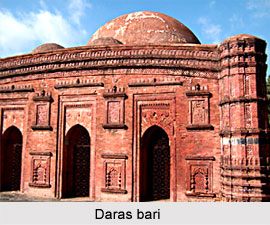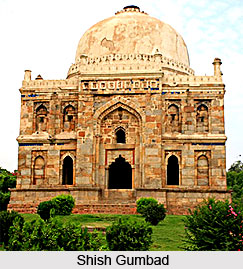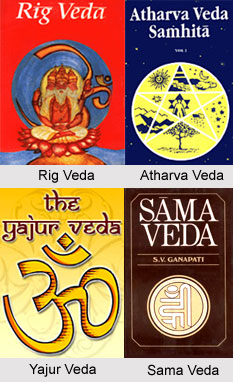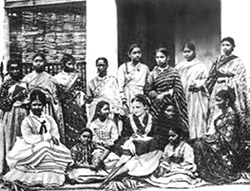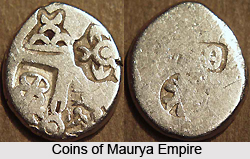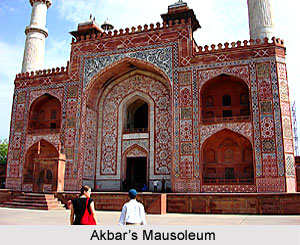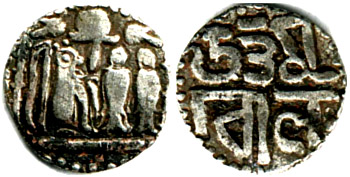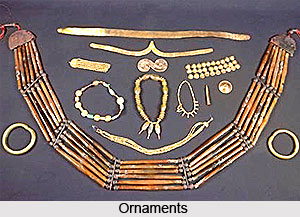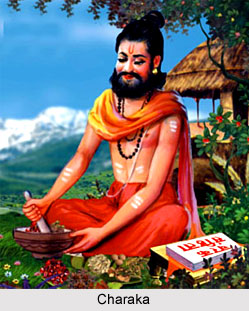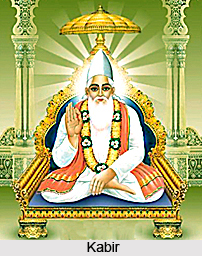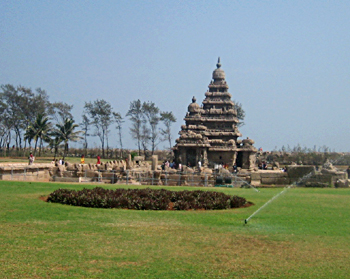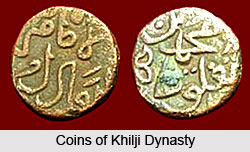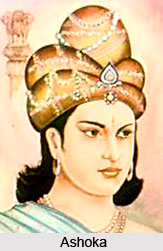Agriculture was the main occupation of the people. The main growing crops can be mentioned as wheat, barley, rice and sugarcane. An official known as `grambhojak` realized agriculture tax, which varied from 1/12 to 1/6 of the produce. Farmer was the owner of the lands.
Besides agriculture Buddhist text mention other occupations, such as `vaidya`, `jyotish`, `purohita`, `navik` or sailors, `rajak` or washerman, `sud` or sweatment seller, `Napit` or barber, etc. Cotton industry flourished during this period. Other professions were those of goldsmith, ironsmith, makers of pottery, iron makers, shoemakers, etc. The merchants had organized themselves into `shrenis` or guild and the head of `shrenis` was called -`pramukh`. The system of adoption of professions was hereditary.
Commerce: Bullock carts were used for transporting goods from one place to another. As remarked, by rhys davids, "There were merchants who conveyed their goods either up and down the great rivers along the coasts in boats, as right across country in carts travelling in caravans. The caravans, long line of small two-wheeled carts each drawn by two bullocks were a distinctive feature of the times." Thus land as well as rivers was used for transporting goods from one place to another. Octroi taxes were levied and realized at some definite and fixed places.
Another significant feature of this period was the beginning of the use of coins in business. The main coin used to be was `akahapan` or `karshapatf` which was made of copper and weighed 146 grains as well.


